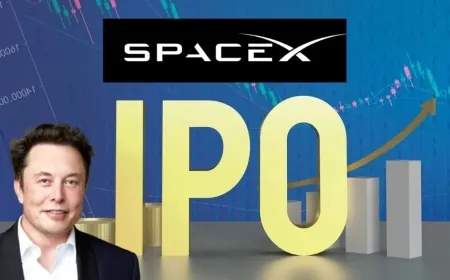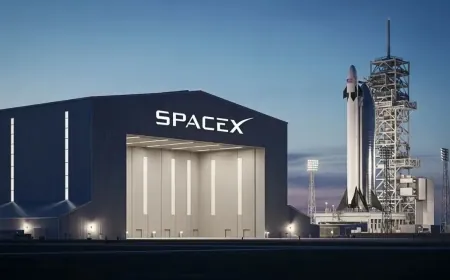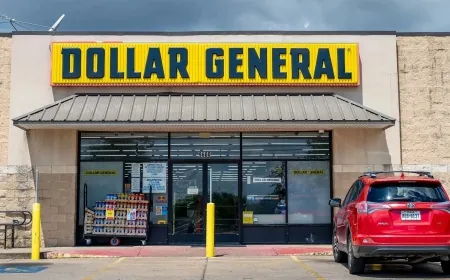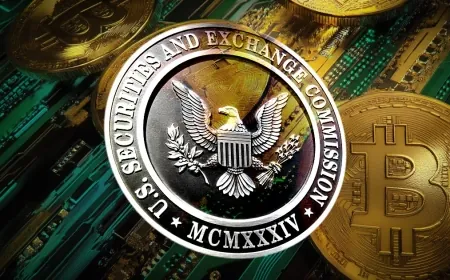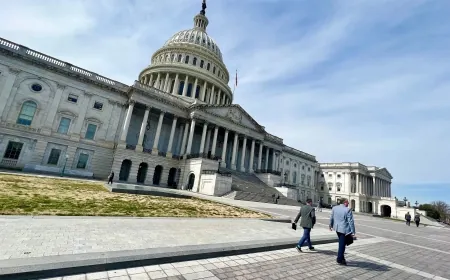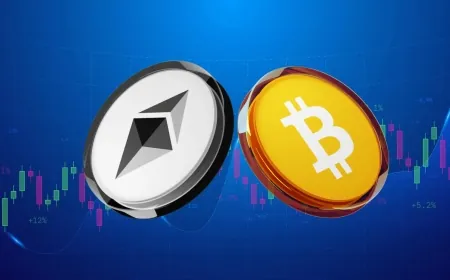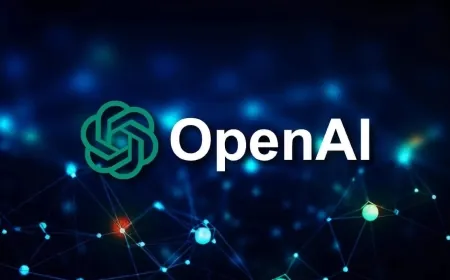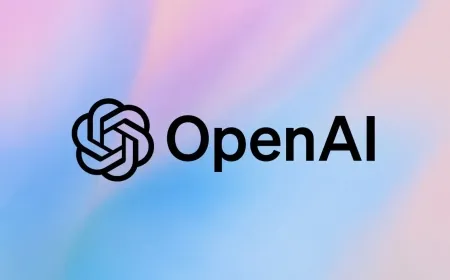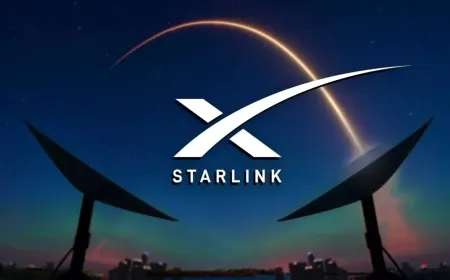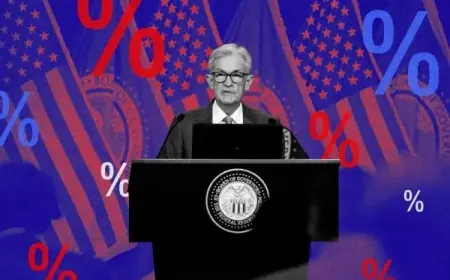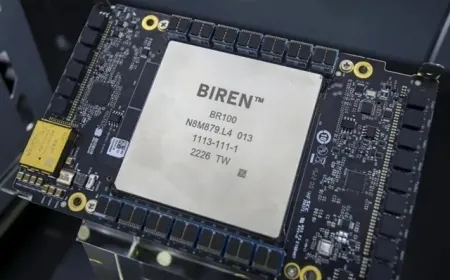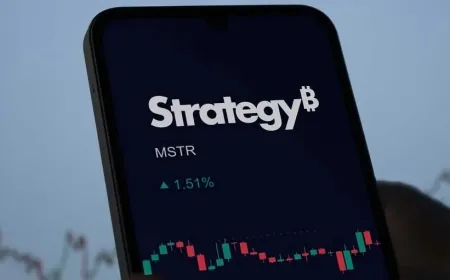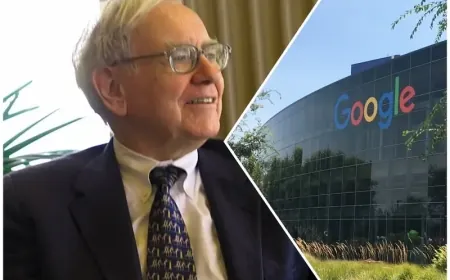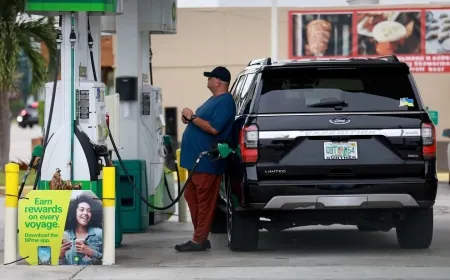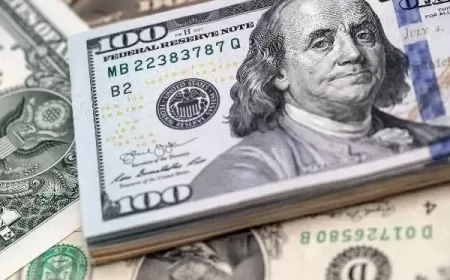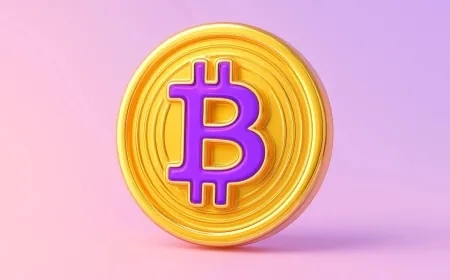4 Reasons to Buy Cardano Before 2025: Bitcoin Bridge, Blockchain Upgrades, Institutional Demand
Cardano is trading far below its all-time high, but a series of technical upgrades, Bitcoin integration, and rising institutional involvement are giving long-term holders new reasons to stay in the game.

In 2017, when Cardano entered the cryptocurrency market, it promised something different from the usual blockchain roadmap. Instead of chasing rapid adoption at all costs, the project followed a peer-reviewed, academic model of development. Its founder, Charles Hoskinson—previously a co-founder of Ethereum—argued that building a truly scalable and secure blockchain required time, research, and formal proofs, not just marketing and momentum.
That slow-and-steady approach worked in Cardano’s early years. The network attracted attention from developers and investors looking for an alternative to Ethereum’s congestion issues and high transaction costs. Cardano’s native token, ADA, climbed from an initial price of $0.02 to over $1 within months of its launch. During the crypto bull market of 2021, ADA peaked at $3.10, driven by excitement around its staking and smart contract features.
But in the years since, ADA has struggled to keep pace with its competitors. Today, Cardano trades at around $0.73, down more than 75% from its peak. Rising interest rates triggered a broad slowdown in speculative assets, and Cardano’s complex approval system for new projects slowed the development of its decentralized ecosystem. Meanwhile, blockchains like Solana and Avalanche gained market share by prioritizing speed and developer access.
Yet, there are signs that Cardano’s role in the crypto economy is starting to expand again—not through hype cycles, but through infrastructure updates and institutional partnerships that could reshape the network’s trajectory in 2025 and beyond.
Cardano Expands Transaction Capacity with Hydra and Mithril
One of Cardano’s most significant technical limitations has been transaction speed. Unlike Solana, which focuses on processing thousands of transactions per second by design, Cardano has historically emphasized security and validation over speed.
That’s beginning to change. Over the past year, Cardano developers rolled out Hydra, a Layer 2 scaling protocol that allows transactions to be processed off-chain without compromising the integrity of the main blockchain. The Hydra framework creates multiple transaction-processing "heads," enabling parallel execution of payments and smart contracts. The more heads deployed, the greater the capacity for decentralized finance (DeFi), gaming, and enterprise applications without creating congestion on Cardano’s main chain.
At the same time, Cardano has introduced Mithril, a protocol that reduces the data burden on users and developers by compressing blockchain records into lighter, more accessible snapshots. Mithril simplifies the process of connecting to the network, making it easier for both large institutional validators and individual wallet holders to interact with Cardano.
These aren’t theoretical upgrades. Hydra and Mithril are live and in use, giving Cardano the technical flexibility to handle a broader range of applications than it could manage during the last bull run. Developers building new projects on Cardano now have access to tools that can scale with real-world usage.
Bitcoin Liquidity Now Flows Through Cardano
In June, Cardano’s developer team launched Cardinal, a Bitcoin-to-Cardano bridge that allows Bitcoin assets to move directly onto the Cardano blockchain. This upgrade creates new opportunities for decentralized trading and stablecoin issuance, using Bitcoin-backed assets within Cardano’s ecosystem.
Before this integration, Cardano’s DeFi ambitions were limited by liquidity constraints. Most DeFi trading occurs on Ethereum or Solana, where wrapped Bitcoin and Bitcoin-backed derivatives are already active. By creating a direct bridge, Cardano opens the door to bringing Bitcoin’s massive liquidity pool into its own network.
This matters for two reasons: First, it gives developers new flexibility to create Bitcoin-pegged financial products on Cardano. Second, it reduces the reliance on Ethereum-compatible assets for DeFi growth. Cardano can now offer an alternative route for Bitcoin holders who want to engage in decentralized finance without leaving their assets locked in other ecosystems.
Institutional Participation Is Expanding
While Cardano has historically been seen as a retail investor project, large financial institutions are beginning to establish positions in its ecosystem. In May, Franklin Templeton, one of the world’s oldest asset managers, launched its own Cardano staking nodes. Running staking nodes means direct participation in Cardano’s proof-of-stake validation process, not just passive investment. This move signals that major financial firms are positioning themselves to play a role in the network’s future governance and operation.
Additionally, both Grayscale Investments and Tuttle Capital Management filed for Cardano-focused exchange-traded funds (ETFs) earlier this year. If approved, these ETFs would give investors exposure to ADA through traditional financial markets, expanding Cardano’s reach beyond cryptocurrency exchanges.
A governance change is also on the horizon. Cardano’s upcoming Voltaire upgrade will transfer decision-making power from the core development team to ADA holders. This shift is designed to decentralize control of the blockchain, allowing the community to vote directly on proposals and funding for new projects. For institutions, this model provides clearer guardrails for participation, reducing the regulatory uncertainty that comes with developer-controlled networks.
A More Favorable Macro Environment Could Boost Crypto Investment
Cardano’s price stagnation isn’t happening in a vacuum. Over the past two years, tighter monetary policy and higher interest rates have reduced investor appetite for riskier assets across the board. Cryptocurrencies, particularly smaller altcoins like ADA, tend to be among the first sectors impacted when markets pull back from speculation.
That backdrop is beginning to change. The Federal Reserve has already cut interest rates three times in 2024, and expectations point to at least two more reductions by year-end. Lower rates tend to push capital back toward growth assets, including cryptocurrency.
Bitcoin usually leads during these periods of renewed investor interest, but historically, altcoins like Cardano see inflows shortly after. If capital starts moving back into the crypto market in the second half of 2025, Cardano’s recent technical upgrades and expanded institutional support could give it a stronger position than it held during previous cycles.
Cardano Prepares for Its Next Phase
Cardano’s blockchain is no longer in a holding pattern. Its Bitcoin bridge is live, its scaling framework is expanding, and major financial players are participating directly in network operations. These moves place Cardano in a different position than it held during the last crypto cycle.
With these tools now deployed, developers and institutions have clearer reasons to build on Cardano’s network rather than wait for future updates. The focus in the months ahead will shift to adoption, transaction volume, and whether this momentum turns into broader participation before 2025 ends.
Highlights for Investors:
- Cardano now supports Bitcoin transactions through its newly launched Cardinal bridge.
- The Hydra Layer 2 rollout boosts Cardano’s transaction speed and scalability for DeFi and gaming.
- Mithril is live, allowing faster blockchain verification with reduced hardware requirements.
- Franklin Templeton is directly participating in Cardano by running institutional staking nodes.
- Grayscale and Tuttle Capital have filed for ADA ETFs, aiming to bring Cardano to traditional markets.
- The Voltaire upgrade will transfer Cardano’s governance to ADA holders through on-chain voting.
- Lower global interest rates in 2025 are creating a crypto-friendly investment climate that may benefit Cardano.
Also Read: Bitcoin Isn’t the Only Game Anymore — These 4 Cryptos Are Catching Wall Street’s Eye





